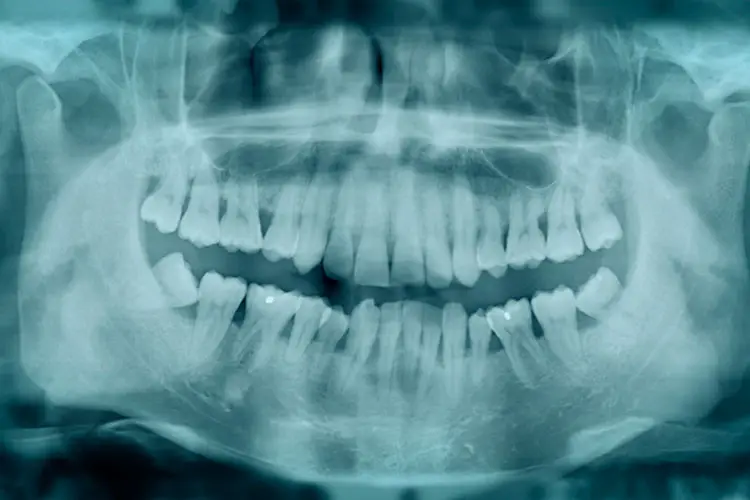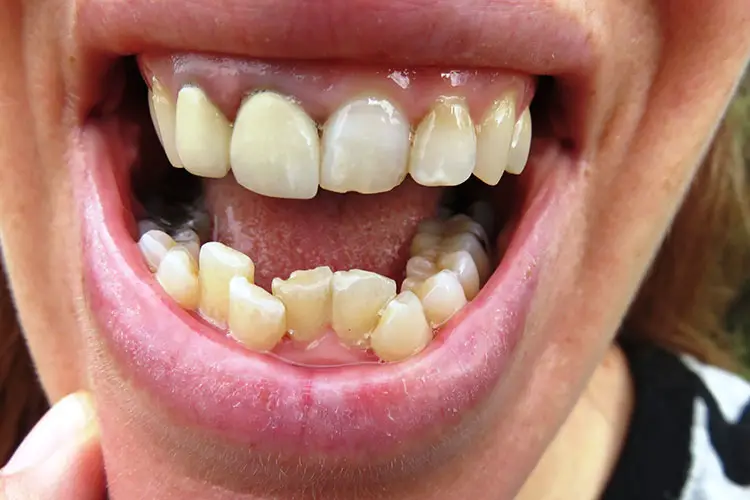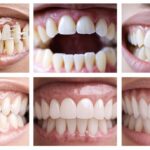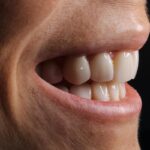Introduction to Underbite
An underbite, clinically referred to as Class III malocclusion or negative overjet, is a dental condition where the lower jaw extends beyond the upper jaw. While less common compared to other malocclusions, affecting approximately 5 to 10 percent of the population, underbites can have significant implications for oral health, aesthetics, and overall well-being. This article explores the causes, treatment options, associated costs, and the role of insurance coverage in addressing underbites comprehensively.
Causes and Risk Factors
Several factors contribute to the development of an underbite, including genetic predispositions, childhood habits, and abnormalities in jaw structure. Genetics play a significant role, with underbites often running in families. Additionally, childhood habits such as thumb sucking, prolonged pacifier use, or tongue thrusting can alter jaw development, leading to malocclusions like underbites. Abnormalities in jaw structure, whether congenital or acquired, can also contribute to the misalignment of the jaws, resulting in an underbite.
Impact on Oral Health and Quality of Life
The consequences of an underbite extend beyond cosmetic concerns. Individuals with underbites may experience difficulties with chewing, speaking, and maintaining proper oral hygiene. The misalignment of the jaws can lead to uneven wear of teeth, temporomandibular joint disorder (TMJ), and an increased risk of gum disease and tooth decay. Moreover, the aesthetic implications of an underbite can affect self-esteem and social interactions, highlighting the importance of timely intervention and treatment.
Treatment Options for Underbites
The approach to treating an underbite varies depending on the severity of the condition and the age of the patient. In children and adolescents, non-surgical interventions are often preferred to guide jaw growth and correct misalignments before skeletal maturity. These interventions may include the use of chin caps, expanders, or reverse-pull masks, which aim to modify the growth trajectory of the jaws and promote proper alignment.
For adults, where skeletal growth is complete, orthognathic surgery combined with orthodontic treatment is typically necessary to correct the underbite effectively. Orthognathic surgery involves repositioning the upper and lower jaws to achieve proper alignment and bite function. Orthodontic treatment, such as braces or clear aligners, may be used before and after surgery to further refine tooth alignment and occlusion.
Non-Surgical and Surgical Approaches
Non-surgical approaches for underbite correction in children focus on guiding jaw growth and development to achieve proper alignment. Chin caps, worn for several hours each day, help restrict lower jaw growth, allowing the upper jaw to catch up. Expanders, inserted into the mouth and activated with a key, gradually widen the upper jaw to correct narrow arches and create space for crowded teeth. Reverse-pull masks, resembling catcher’s masks, exert forward traction on the upper jaw, aiding in its growth and alignment.
In contrast, orthognathic surgery is often the primary treatment modality for severe or adult cases of underbite. During the surgical procedure, the jawbones are repositioned to improve alignment and occlusion, addressing both functional and aesthetic concerns. Orthodontic treatment before and after surgery helps prepare the teeth for the surgical changes and fine-tune the bite for optimal results.
Costs Associated with Underbite Correction
The cost of underbite correction can vary widely depending on several factors, including the severity of the underbite, the chosen treatment approach, geographic location, and individual patient needs. Surgical procedures such as orthognathic surgery typically incur higher costs compared to non-surgical interventions. The overall cost of treatment may include expenses such as surgical fees, anesthesia, hospital or surgical facility charges, orthodontic treatment fees, and post-operative care.
On average, patients can expect to pay between $20,000 to $30,000 for comprehensive underbite correction, including both surgical and orthodontic components. However, it’s essential to consult with a qualified orthodontist or oral surgeon to obtain an accurate cost estimate based on the specific treatment plan tailored to the individual’s needs.
Insurance Coverage for Underbite Treatment
The extent of insurance coverage for underbite treatment depends on several factors, including the type of insurance plan, the reason for treatment, and the specific procedures involved. In many cases, underbite correction may be deemed medically necessary rather than purely cosmetic, especially when the condition affects oral function and overall well-being. As such, some health insurance plans may provide coverage for orthognathic surgery and related orthodontic treatment.
Dental insurance coverage for underbite treatment varies among providers and policies. While some dental plans may cover a portion of the costs associated with orthodontic treatment, including braces or aligners, they may not extend coverage to surgical procedures such as orthognathic surgery. It’s essential for patients to review their insurance policy carefully, understand the extent of coverage for underbite correction, and inquire about pre-authorization requirements or limitations on coverage.
Timeliness of Treatment
Early intervention is crucial in addressing underbites, particularly in children and adolescents. Orthodontic evaluations can begin as early as 7 or 8 years old, allowing for timely interventions to guide jaw growth and prevent the progression of malocclusions. Non-surgical approaches during childhood can help minimize the severity of underbites and reduce the need for extensive surgical interventions later in life.
For adults with underbites, timely treatment is equally important to address functional issues and prevent further complications. While orthognathic surgery remains a viable option for correcting severe underbites in adults, early consultation with an orthodontist or oral surgeon can help determine the most appropriate treatment plan and achieve optimal outcomes.
Conclusion
Underbites present unique challenges in terms of diagnosis, treatment, and management. From non-surgical interventions in children to comprehensive surgical and orthodontic treatments in adults, addressing underbites requires a multidisciplinary approach tailored to individual patient needs. Understanding the causes, treatment options, associated costs, and insurance coverage is essential for making informed decisions and achieving optimal oral health and aesthetics. By seeking timely intervention and consulting with qualified dental professionals, individuals with underbites can embark on a journey toward improved function, confidence, and quality of life.









